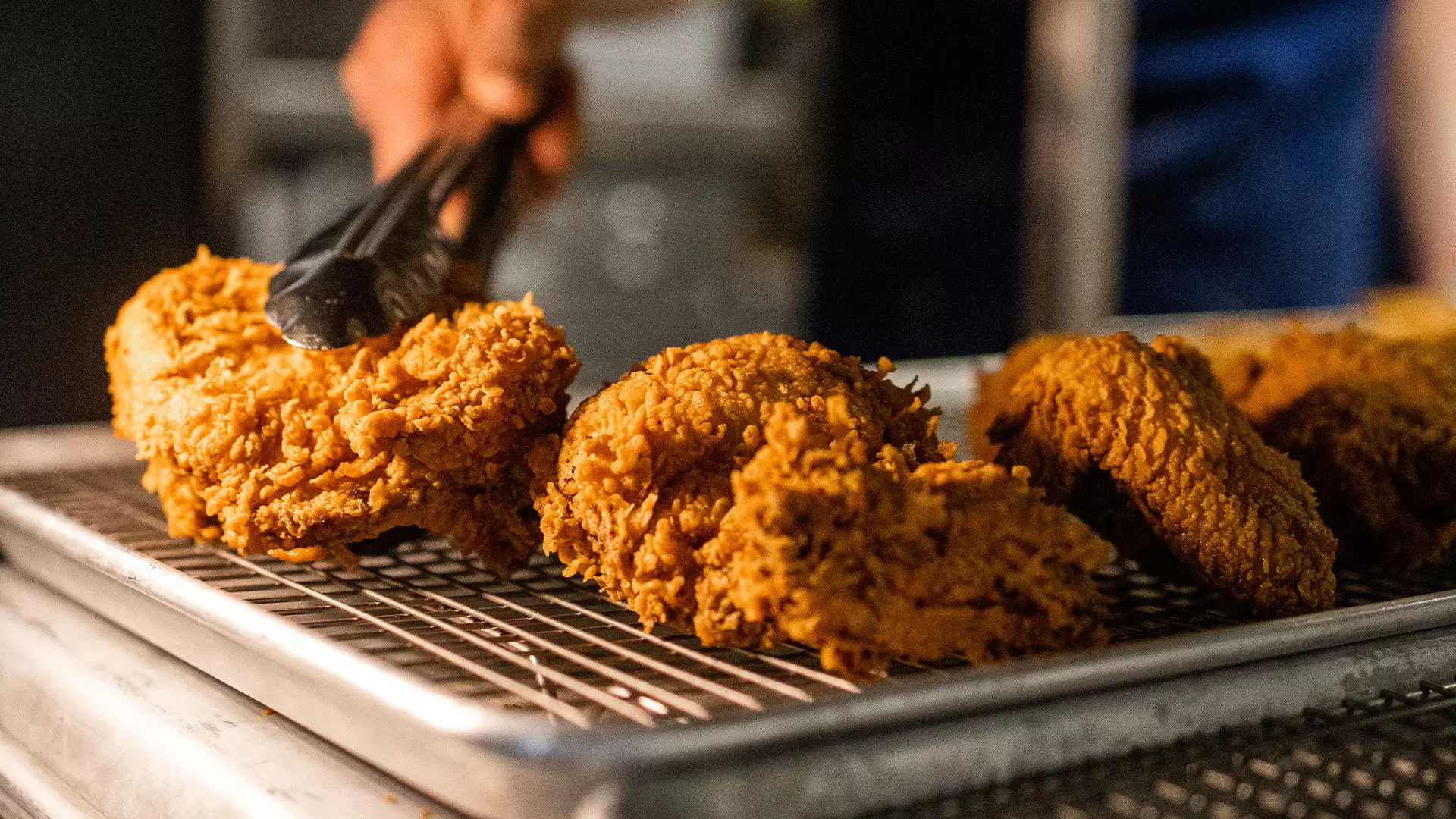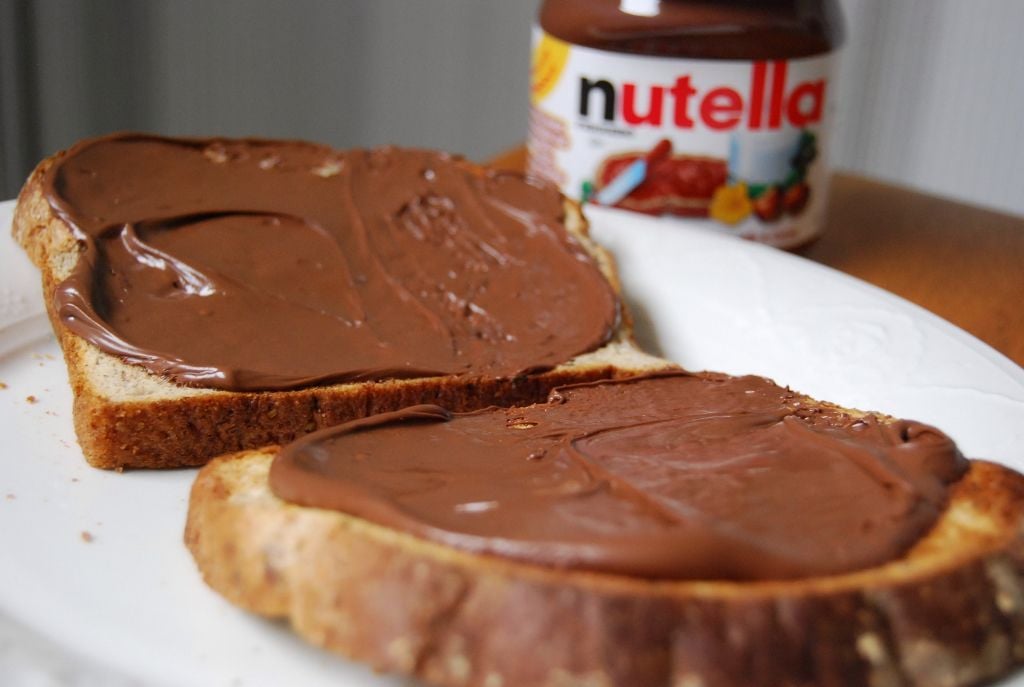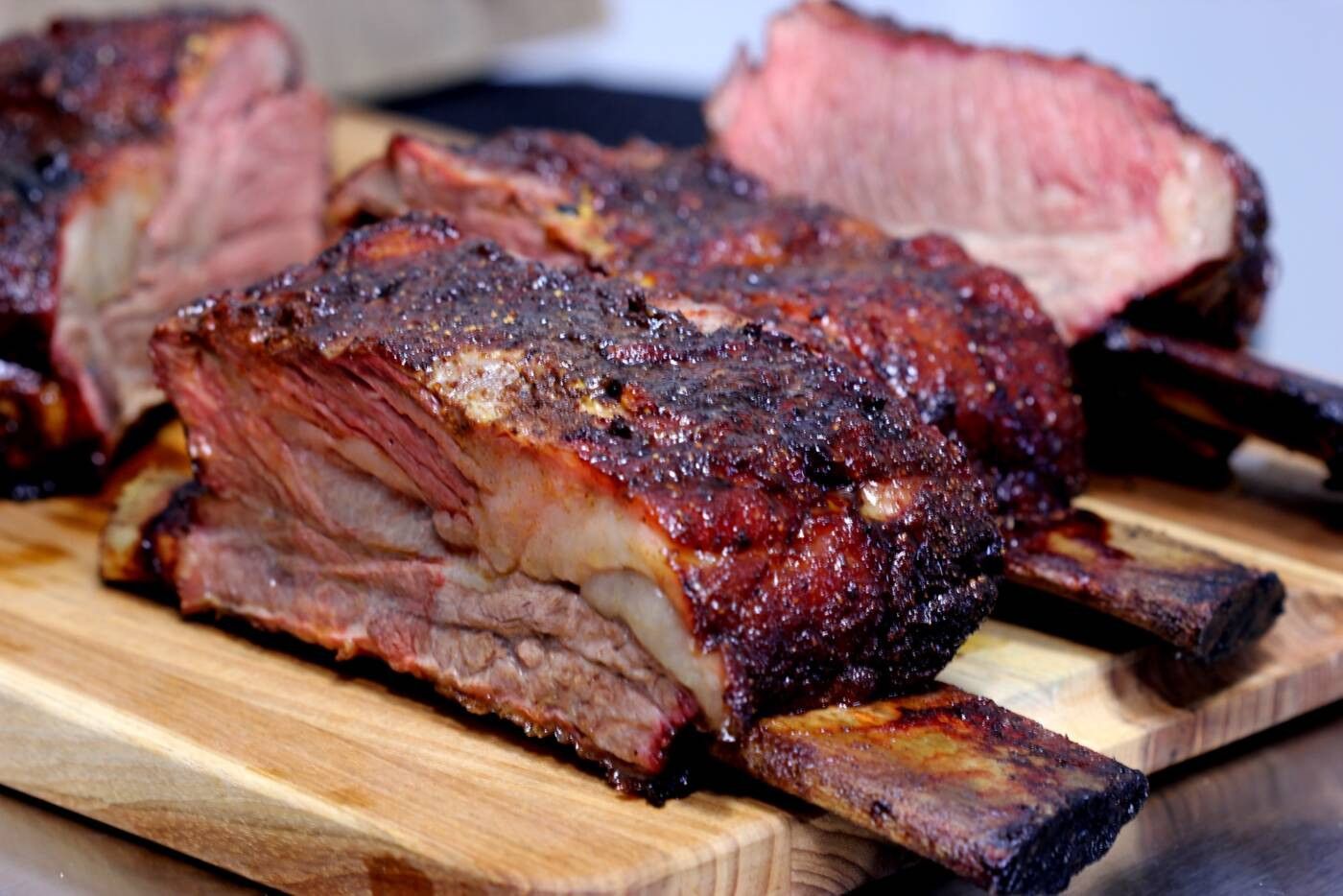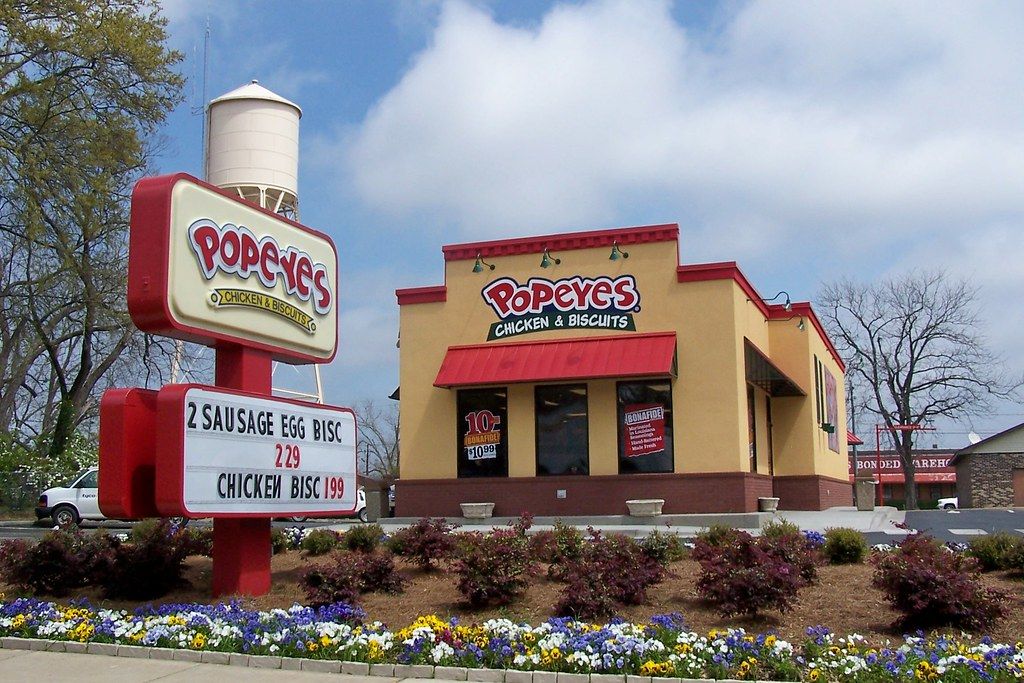
Understanding the Aromas In Your Wine Glass
- Jul 31, 2024
Smelling different aromas in a wine glass can transport you to many places – the spice markets of Morocco, a wild berry patch, or a rustic Italian bakery. However, identifying these aromas isn't quite as easy as it seems, given that our perception depends on our personal experiences and associations. We may agree on certain accepted aromas for specific wines or grapes, for instance, the gooseberry scent of a New Zealand Sauvignon Blanc. Yet, the subjective nature of scent means there’s a near-infinite variety of possibilities when it comes to answering what a particular glass of wine smells like.
Education director at the Wine Center at Meadowood and author of Napa Valley, Then & Now, Kelli White, pointed out, “People get overwhelmed by the technical terms when it comes to identifying basic smells in wine. It’s more important to enjoy the wine than to study it like you would for a complicated exam.”
White suggests simplifying your assessment of a wine's aromatic profile, identifying smells that fall under three broader groups: primary, secondary, and tertiary aromas. This can guide your next wine purchase by helping you identify what you prefer.
Primary scents generally originate from the type of fruit or grape used, reflecting what's known as the varietal aromas. These smells, which differ in profile and intensity, are often most noticeable in younger wines. Some common examples include the sweet citrus scent of a Moscato or the peppery kick of Cabernet Franc.
Cristie Norman, lead sommelier at Wynn Las Vegas, explains, “These are usually prevalent and easily identifiable in younger wines. Bold fruit and flower aromas fall into this category."
Secondary aromas, on the other hand, derive from the winemaking process and the subsequent aging techniques. Variables such as fermentation temperature and type of yeast used can significantly impact the aromas produced. For instance, aging in oak barrels can result in pronounced secondary smells such as cedar, coconut, or toast.
Describing the excitement of exploring these flavours, White adds, “Most people can usually accept that wine is fruity. However, recognizing secondary aromas like brioche or vanilla requires a bit more familiarity with vineyard processes. Executing this leap can be a thrilling exploration."
Lastly, tertiary aromas, including mushroom, tobacco, or dried fruit notes, are the result of aging, either oxidatively or reductively, occurring after the winemaking and secondary aroma development processes are complete. These scents can vary wildly and, due to their complexity, can create remarkably unique experiences due to their interpretation.
“Describing older wine, I often emphasize earthiness, perfume, and harmony," White notes. "Sometimes, it helps to describe them in a less clinical, and more experiential way that draws parallels from our life experiences.”
Identifying what you like from these major aromatic categories can shape your wine-drinking preferences over the years. Norman adds, “Identifying these smells can help discern your preferences. If you find that you don’t appreciate tertiary aromas, you might prefer younger wines. Or, if you are drawn to wines with dominant secondary and tertiary characteristics, you may favour aged wines. The beauty of it is, taste evolves, and being open to new flavors only broadens our appreciation of wine."






